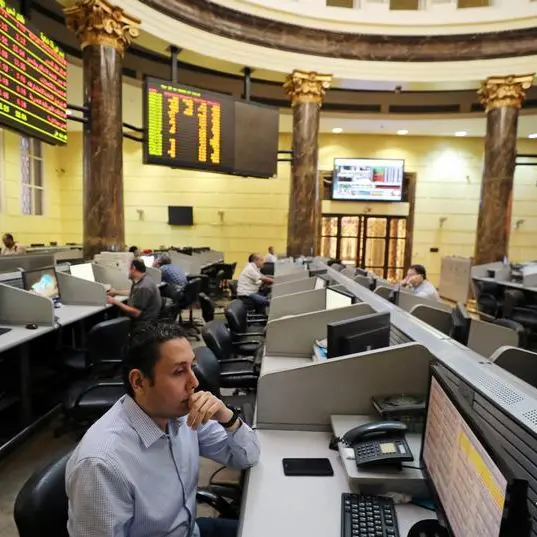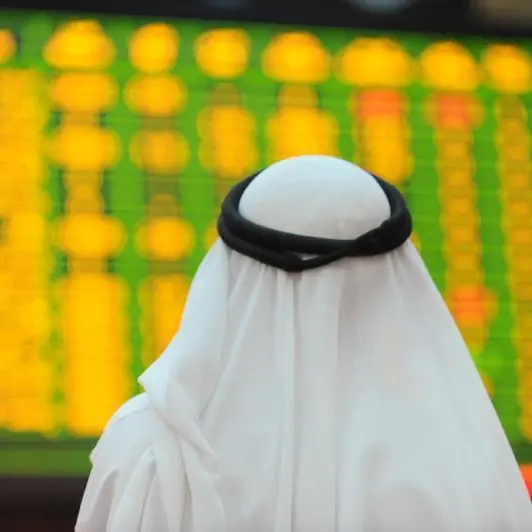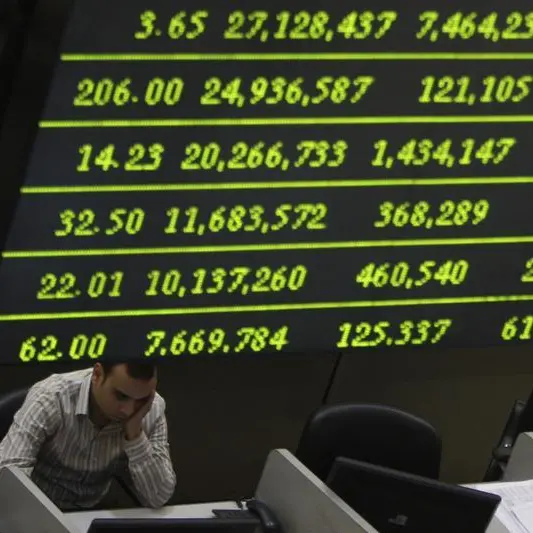PHOTO
(The opinions expressed here are those of the author, a columnist for Reuters)
LONDON - China imported record amounts of refined copper and unwrought aluminium last year.
The country’s manufacturing sector bounced back faster and stronger from COVID-19 lockdowns than anywhere else.
Shanghai metal prices raced ahead of international prices over the middle of last year, opening up arbitrage windows and sucking in the rest of the world’s surplus.
China’s import appetite was whetted by the pandemic’s impact on mine supply, with flows of concentrates to Chinese smelters disrupted by quarantine measures in supplier countries such as Peru.
But the biggest supply hit to the Chinese metals market last year was not a shortage of concentrates but rather a shortage of scrap.
The scrap gap played a key role in super-charged imports of both copper and aluminium in 2020.
And it wasn’t down to the pandemic but to semantics.
WHAT DO YOU CALL IT?
Chinese President Xi Jinping declared a war on “foreign garbage” in 2017. It included a complete ban on imports of solid waste by the end of 2020.
Plastics grabbed the headlines at the time but the Chinese word for “waste” is the same as that for “scrap”. Scrap copper and aluminium were accordingly both moved to the restricted import list in 2018, subject to a tapering quota ahead of the end-2020 deadline.
The implications alarmed China’s copper sector. The country imported 3.6 million tonnes of copper scrap in 2017, both to refine into new metal and to feed directly into downstream products manufacture.
Cue a two-year argument of semantics between the copper industry and policymakers which ended up with the Ministry of Ecology and Environment ruling early last year that high-grade scrap “is not solid waste and can be imported freely.”
The new import codes for “recycled raw material”, however, were only published in October, too late to stop imports imploding.
THE UNSEEN HAND
Scrap is often referred to as the unseen hand of the copper market, a price-sensitive supply stream that acts as hidden regulator.
Last year showed it was also “the most vulnerable component and one where the legacy effects of disruption still linger,” according to research house Roskill. (“Copper Demand to 2030”, Dec 1, 2020).
Although scrap collection and transport systems everywhere were broken last year, the single biggest disruptor was China’s import restrictions.
The country’s copper scrap imports slid to 2.4 million tonnes in 2018, 1.5 million in 2019 and a new low of 944,000 last year.
There was initially a quality offset to the fall in volumes as China’s customs prohibited imports of lower-grade scrap ahead of the anticipated full ban.
The average copper content of imports rose from around 40% before the import restrictions to 78% in 2019 but flattened out in 2020. The inferred loss of contained copper was in excess of 400,000 tonnes last year.
Just about all of which had to be replaced with refined metal. China’s own production of secondary refined copper was constrained by a lack of processing material even as fabricators needed to replace lost direct melt units.
China was a net importer of 4.5 million tonnes of refined copper in 2020, an increase of 1.2 million tonnes over 2019.
Strong manufacturing demand and even stronger stockpiling demand were in the mix but a significant part of that extra call on metal was simply to compensate for the loss of imported copper scrap.
ALLOY SURGE
Scrap was a similar hidden driver behind China’s huge aluminium imports.
The world’s largest aluminium producer doesn’t normally need any extra metal but flipped to net importer of unwrought material last year for the first time since the global financial crisis.
Net imports of primary aluminium at 1.1 million tonnes didn’t quite match the 2009 record of 1.5 million tonnes.
But import flows of unwrought alloy have mushroomed in a way they didn’t a decade ago, when China remained a net alloy exporter.
Net alloy imports last year of 1.0 million tonnes were unprecedented for a country that has been a growing exporter since 2006. Moreover, China’s trade in alloy started inverting at the end of 2019, before any possible COVID-19 effect.
Alloy is a secondary product, made by remelting scrap, and the surge in imports has coincided with the steady contraction in scrap flows into China.
As with copper, the import restrictions have steadily choked off aluminium scrap flows, which slumped from 2.2 million tonnes in 2017 to just 825,000 tonnes last year.
The result has been an off-shoring of the processing business with other Asian countries now importing scrap and upgrading it to alloy for shipment to China under a non-restricted code. The two largest suppliers of alloy last year were Malaysia and South Korea.
INCREASED COMPETITION
China’s imports of copper and aluminium scrap are widely expected to bounce back this year thanks to the new customs rules and higher prices to incentivise scrap generation and collection.
But once supply chains have shifted, as seems to be the case with aluminium alloy, they don’t necessarily just snap back to how they were before.
China’s scrap buyers may also be facing a more fundamental problem, one which they will only too readily recognise.
Top of U.S. recycling association ISRI’s four priorities in its 2021 Advocacy Agenda is to persuade government that “recyclables are not waste”.
It’s seeking to “promote language in federal and state law, as well as in international agreements” clearly stating that scrap is a recyclable resource not something for disposal.
China, it seems is not the only country to have a problem describing scrap but ISRI’s campaign is indicative of a growing recognition that “urban mining” will be a core component of the green revolution. And that in turn is focusing political attention on scrap supply chains, particularly in those countries which have historically exported large amounts to China.
The European Commission has just closed the consultation period on a review of its rules on “waste” shipments with a view to promoting “recycling in the EU to support the transition to a circular economy.”
An outright ban on exports of scrap metal has been mooted but more likely seems a significant tightening of certification and approval procedures for exporters.
The broad direction of travel is clear and it’s noticeable that investment is starting to flow into recycling capacity in both the United States and Europe.
The Chinese have been ahead of everyone else in deciding that scrap is a “recyclable resource” but as the rest of the world starts to do the same, the result is likely to be increased competition for material.
China may have opened its doors again but it remains to be seen if scrap imports will ever fully recover.
(The opinions expressed here are those of the author, a columnist for Reuters.)
(Editing by Susan Fenton)
© Reuters News 2021












